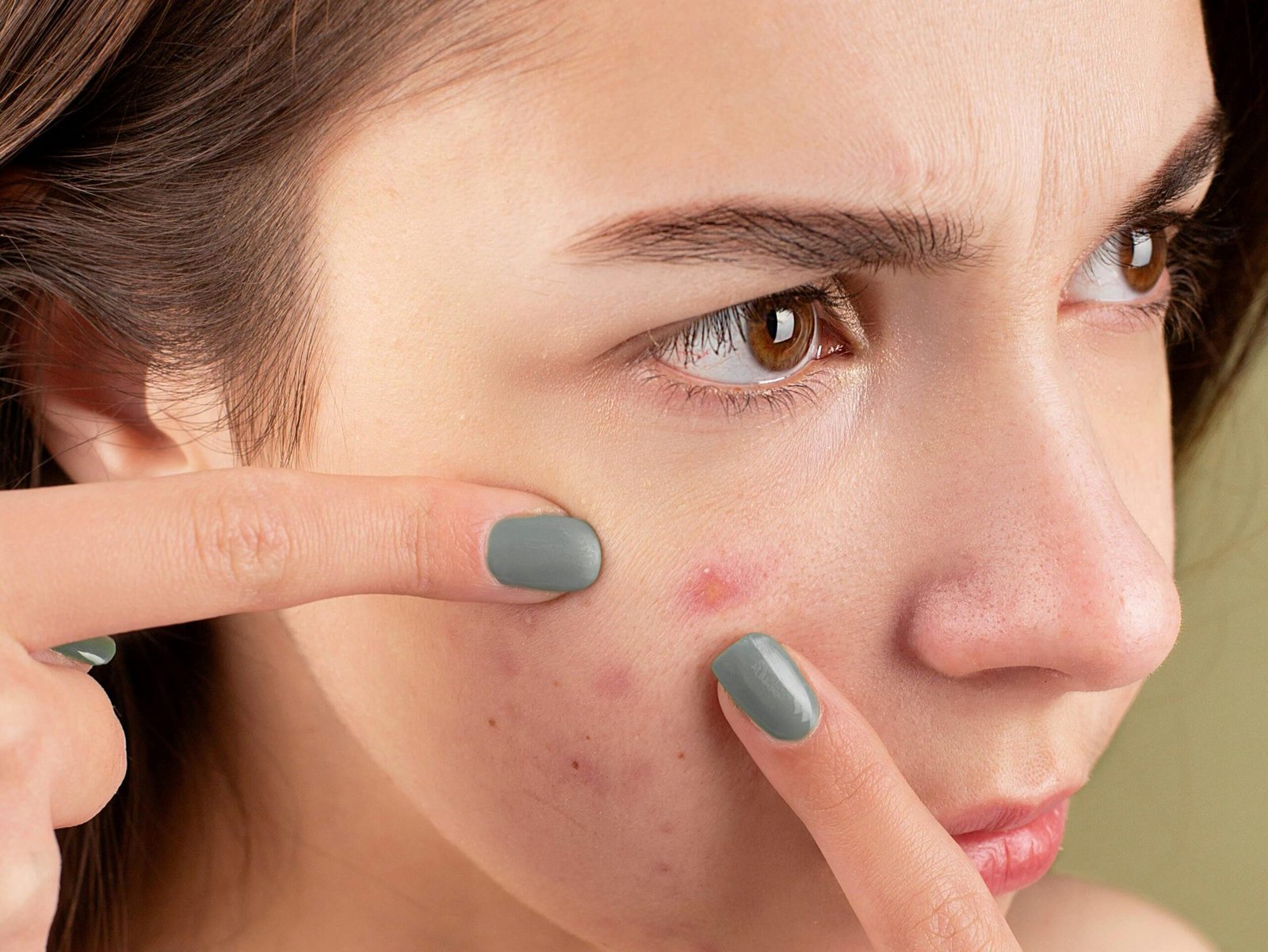
Plastic is everywhere, from food packaging to cosmetics. But now, groundbreaking research has revealed that microplastics in human ovaries could be threatening women’s fertility. This discovery raises alarming questions about how deeply plastic pollution is invading not only our environment but also our biology.
As infertility rates rise, this new evidence points to a hidden threat that could be influencing reproductive health. Here’s what you need to know about the dangers of microplastics in human ovaries and how to reduce exposure.
The Shocking Discovery: Microplastics Found in Human Ovaries
A study published in Ecotoxicology and Environmental Safety examined ovarian fluid from 18 women undergoing fertility treatments. Microplastics were discovered in 14 of them, marking the first-ever detection of microplastics in human ovaries (PubMed).
Further research in Environment International found polyethylene microplastics in 86.4% of 44 women’s follicular fluid, linking the presence of these particles to:
- Reduced egg fertilization rates
- Altered metabolic pathways
- Inflammation and oxidative stress
Animal studies support these findings, showing that microplastics can disrupt ovarian function, decrease egg quality, and cause hormonal imbalances (Springer Link).
How Microplastics Enter the Body: The Pathways You Need to Know
Microplastics in human ovaries can enter the body in multiple ways:
- Ingestion: Through contaminated food, such as seafood, salt, and fruits and vegetables.
- Inhalation: From airborne particles found in household dust and pollution.
- Skin Absorption: Via personal care products, such as exfoliants and lotions containing microbeads.
Once inside the body, microplastics can circulate through the bloodstream and accumulate in organs, including reproductive organs like the ovaries.
The Impact on Fertility: Why Microplastics Are a Growing Concern
Follicular fluid is essential for maintaining healthy eggs and hormone regulation. The discovery of microplastics in human ovaries has serious implications, as these particles can:
- Disrupt egg development and fertilization
- Increase the risk of miscarriage
- Cause long-term reproductive damage
With fertility rates already declining globally, this discovery might provide critical insights into the growing challenges many women face regarding fertility.
What You Can Do: Simple Steps to Minimize Microplastic Exposure
While we can’t completely eliminate microplastics in human ovaries, we can reduce our exposure by taking practical steps:
- Avoid plastic food containers, especially for hot or microwave-heated food.
- Switch to stainless steel or glass bottles instead of plastic ones.
- Use a water filter designed to remove microplastics.
- Choose natural fabrics like cotton and linen instead of synthetic materials.
- Consume antioxidant-rich foods, which may help reduce oxidative stress caused by microplastics (The Guardian).
Frequently Asked Questions: Understanding the Risks of Microplastics in Ovaries
Q: How do microplastics affect fertility?
Microplastics, including those found in human ovaries, can disrupt the normal development of eggs, lower fertilization rates, and contribute to hormonal imbalances.
Q: Can microplastics pass into reproductive organs?
Yes, microplastics in human ovaries have been detected, showing that these particles can migrate to reproductive organs via the bloodstream.
Q: Can antioxidants help combat microplastic damage?
Yes. Some studies suggest that antioxidant-rich foods, like fruits and vegetables, may help mitigate the oxidative stress caused by microplastics in human ovaries.
Q: How can I reduce my microplastic intake?
Limit plastic use by avoiding plastic packaging, drinking filtered water, and choosing natural products over synthetics.
Conclusion: Protecting Your Reproductive Health from Plastic Pollution
The discovery of microplastics in human ovaries is a wake-up call about the unseen dangers of plastic pollution. As this issue becomes more apparent, it’s crucial to take proactive steps to protect our health and fertility.
While we can’t completely rid our bodies of microplastics, we can minimize exposure and start addressing the root causes of plastic pollution. Our reproductive future depends on it
Empower your health with knowledge.
Get fitness insights backed by science — no fluff, just facts.
✅ Visit SearchYourFitness.com
CLICK HERE TO READ US ON QUORA
YOUR NEEDS 😉
Click any tool below to explore and calculate instantly!


